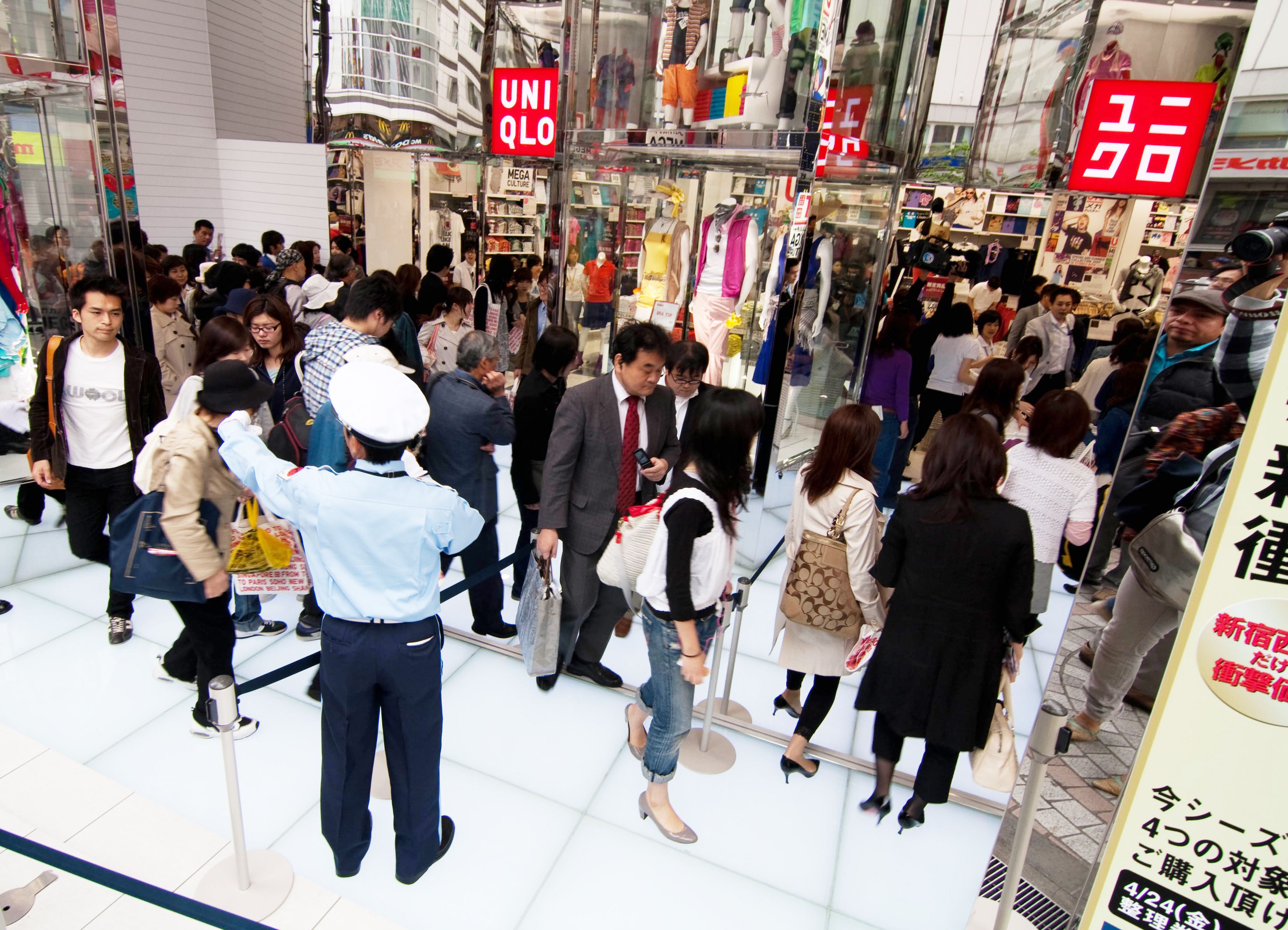With the first tenet of the Yoshida doctrine, "two [important] facets to the economic goals of the Yoshida doctrine grand strategy [was] recovery and growth" (Man 119). The second tenet to keep Japan lightly armed was to focus on economic development, because the strategy "was to harness the nation's resources toward economic growth while maintaining a defense structure that is cost-effective and non-threatening" (Man 120). A part of economic rebuilding was to have supply and demand resurfacing domestically to drive the economic market. A part of American culture was taken into account at this time with the Japanese envisioning the aesthetics of ivy league fashion coming into their own community. This style of fashion is called "Ametora" which is a slang word for "American tradition" (Fernandez 1). A well-known store that emerged from Ametora is Uniqlo.
I believe that Japan remade itself primarily through their economy. They focused a lot on economic development which included recovering from the war and growing postwar. Ametora circulated around the economy surprisingly well, and a lot of the youth of the Japanese community accepted it and quickly melded that into their own lifestyle. Before reading this article, I had completely assumed that Uniqlo was a South Korean brand because a lot of the fashion sold in stores and what is presented on the mannequins looked so similar to South Korean actors and actresses.
 |
| Source: https://japantoday.com/category/picture-of-the-day/uniqlo-3 |
Question: In some cases, Japanese fashion and South Korean fashion look identical. Is this because the form of fashion they take inspiration from is mainly from France, or do they take inspiration from one another?
Sources:
Fernandez, Chantal. “How American Style Fueled Postwar Youth Fashion In Japan.” Fashionista, 2 Dec. 2015.
Tang, Siew Man. "Japan’s Grand Strategic Shift from Yoshida to Koizumi: Reflections on Japan’s Strategic Focus in the 21st Century."Akademika 70 (2007): 117-136.
From my observation, I think that Korea learns from Japan, but it is more well-known because Japan doesn't concentrate on advertising/ refreshing their 'image' compared to Korea. It's not only fashion, but technologial products, etc. as well, i.e. Japanese smart phone is quite good,but not many people know/ use. They even restrict to in-Japan usage only.
ReplyDelete